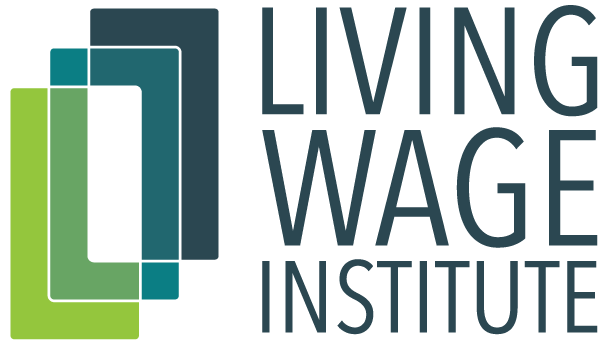



For further information, please visit the FAQs and Methodology pages or submit a question or request through the Contact page.
© 2024 Dr. Amy K. Glasmeier and the Massachusetts Institute of Technology
SIGN INCOVID-19 and California’s Central Valley
While much of the COVID-related attention in California focuses on the state's densely-populated coastal cities, the inland counties of the Central Valley face their own set of challenges. The impact of COVID-19 on the region highlights the region's pre-existing poverty, the concentration of vulnerable populations, and long-standing environmental problems.
The Central Valley is a major agricultural center and provides a quarter of the United States' food.[1] The region is one of California's most impoverished areas and is especially susceptible to the virus's economic effects. Take the county of Fresno. The living wage is $11.61 for an adult with no children and is barely covered by the state’s current $12.00 minimum wage; with children, the minimum wage falls far short of the amount needed to support a family.[2] About 24% of the population lives below the poverty line.[3] Over a third of households do not have a net worth sufficient to cover three months of poverty level expenses.[4] As employment levels continue to fall dramatically, insecurity is rising in the Valley, with few families equipped to weather the storm.
The Valley is also the home of many groups that are being disproportionately affected by COVID-19. For example, farmworkers are "essential workers." Compared to employees who can work from home, essential workers are required to work in the face of an increased risk of contracting the virus.[5] Another group disproportionately impacted by the illness is California's Latino community, which makes up a significant share of the population in many Central Valley counties. According to California health data, Latinos comprise 45% of the individuals' ages 18-34 but account for about 67% of reported COVID-19-associated deaths. For ages 35-49, the figures are about 42% and 73%, respectively.[6] The region is also home to many undocumented farmworkers, who, in addition to the occupational risks, face language barriers and are often uninsured and not covered by federal aid.[7]
The Central Valley also includes many of the nation's most polluted areas. There is a particular challenge for area residents, given the links between air pollution and the virus's susceptibility. A Harvard study has identified a statistically significant correlation between long-term exposure to fine particulate matter and COVID-19 death rates.[8] The association between pollution and fatality was also previously observed in SARS, another coronavirus-caused disease.[9] Meanwhile, according to the American Lung Association, the three United States cities with the most year-round particle pollution are located in the Central Valley.[10]
To add to the variety of factors affecting the Central Valley's response to COVID-19, access to medical care is an issue. In the San Joaquin Valley, which includes Fresno and surrounding counties, there are 45 physicians per 100,000 residents. The Bay Area, in comparison, has 75 physicians for the same number of residents.[11] While the Central Valley is often considered a relatively remote part of California compared to population centers such as Los Angeles and the Bay Area, a closer look at some of the significant challenges that the region is currently facing underscores the virus's reach into all areas of the United States.
[1] https://ca.water.usgs.gov/projects/central-valley/about-central-valley.html
[2] https://livingwage.mit.edu/counties/06019
[3] https://data.census.gov/cedsci/profile?q=Fresno%20County&g=0500000US06019
[4] https://scorecard.prosperitynow.org/data-by-location#county/6019
[5] https://www.kff.org/coronavirus-policy-watch/taking-stock-of-essential-workers/
[6] https://www.cdph.ca.gov/Programs/CID/DCDC/Pages/COVID-19/Race-Ethnicity.aspx
[7] https://www.nytimes.com/2020/04/02/us/coronavirus-undocumented-immigrant-farmworkers-agriculture.html
[8] https://projects.iq.harvard.edu/covid-pm
[9] https://pubmed.ncbi.nlm.nih.gov/14629774/
[10] http://www.stateoftheair.org/city-rankings/most-polluted-cities.html
[11] https://www.centralvalleycf.org/wp-content/uploads/2020/03/COVID-19-Emergency-Response-Fund.pdf
Biography. Isabelle Yen is a rising senior at MIT studying Computer Science, Economics, and Data Science. She is interested in anything related to new technologies and healthcare and was a 2019 Burchard Scholar.